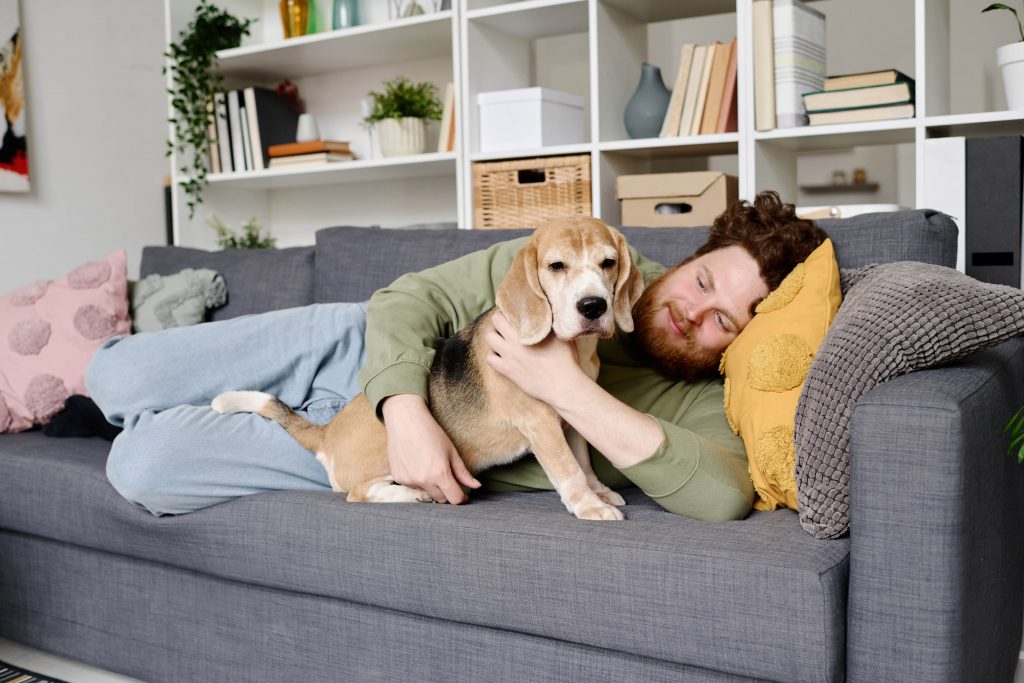
The most important thing you can do for your dog is to make sure that they feel safe and secure. This can be achieved by making your home a dog friendly one. It is also a good idea to read up on dog behaviour and learn as much as possible about how your dog will act in their new home.
Firstly, the most obvious way to make your home dog friendly is to remove any poisons and hazards from around your home. This includes all chemicals, household cleaners and anything your dog can chew on or swallow. You should also consider removing any plants that might be harmful to your pet.
Another great tip to help keep your pet safe is to ensure that any fences and gates in the garden are secured so that they cannot get out. This can be done by installing child locks or keeping them closed.
You should also check the fencing to make sure there are no gaps in it where your dog can escape. This is particularly important if you have a balcony or small fence where your dog can jump over.
Finally, make sure that your pet’s food and water are always out and easily accessible. This will prevent them from running out of water and getting dehydrated, which can be a common problem for dogs.
Having a dog in your home is an amazing experience and can really enrich your life. But it can also come with a few challenges. For example, you might find that your house isn’t as tidy as it used to be and that your furniture might suffer from a lot of wear and tear.
The good news is that it’s pretty easy to change things up and create a pet-friendly space. In fact, according to Kari Whitman, designer and owner of Ace of Hearts dog rescue in Washington, D.C., it’s possible to create a beautiful and pet-friendly interior without compromising on style.
She has compiled some simple ways to make your home dog friendly that can be done by anyone.
1. Avoiding a Living Room Hazard
Your living room is likely the most frequented room in your home by your pet so it’s important that you keep it safe. Besides ensuring there are no electrical cords or fireplaces that your dog could accidentally trip over, make sure the doors to the living room and bedrooms are locked.
2. Eliminate any Toxic Items
Your kitchen and bathroom are other popular places for your dog to play, so be sure to keep all toxic items out of reach. This includes unused medications, vitamins and cleaning supplies as well as garden and automotive supplies that may be dangerous.
3. The Laundry Room Can be a Hazard
If you have a laundry room, make sure the door is shut and don’t allow your dog to access it. You can also place a rug underneath it to make it less tempting for them to walk on.






